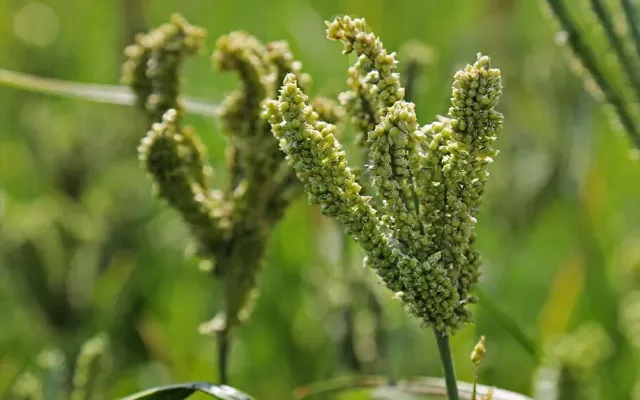Validation and Comparison of Physical Models for Soil Salinity Mapping over an Arid Landscape Using Spectral Reflectance Measurements and Landsat-OLI Data
The present study focuses on the validation and comparison of eight different physical models for soil salinity mapping in an arid landscape using two independent Landsat-Operational Land Imager (OLI) datasets: simulated and image data. The examined and compared models were previously developed for different semi-arid and arid geographic regions around the world, i.e., Latino-America, the Middle East, North and East Africa and Asia. These models integrate different spectral bands and unlike mathematical functions in their conceptualization. To achieve the objectives of the study, four main steps were completed. For simulated data, a field survey was organized, and 100 soil samples were collected with various degrees of salinity levels. The bidirectional reflectance factor was measured above each soil sample in a goniometric laboratory using an analytical spectral device (ASD) FieldSpec-4 Hi-Res spectroradiometer. These measurements were resampled and convolved in the solar-reflective bands of the Operational Land Imager (OLI) sensor using a radiative transfer code and the relative spectral response profiles characterizing the filters of the OLI sensor. Then, they were converted in terms of the considered models. Moreover, the OLI image acquired simultaneously with the field survey was radiometrically preprocessed, and the models were implemented to derive soil salinity maps. The laboratory analyses were performed to derive electrical conductivity (EC-Lab) from each soil sample for validation and comparison purposes. These steps were undertaken between predicted salinity (EC-Predicted) and the measured ground truth (EC-Lab) in the same way for simulated and image data using regression analysis (p ˂ 0.05), coefficient of determination (R2), and root mean square error (RMSE). Moreover, the derived maps were visually interpreted and validated by comparison with observations from the field visit, ancillary data (soil, geology, geomorphology and water table maps) and soil laboratory analyses. Regardless of data sources (simulated or image) or the validation mode, the results obtained show that the predictive models based on visible- and near-infrared (VNIR) bands and vegetation indices are inadequate for soil salinity prediction in an arid landscape due to serious signals confusion between the salt crust and soil optical properties in these spectral bands. The statistical tests revealed insignificant fits (R2 ≤ 0.41) with very high prediction errors (RMSE ≥ 0.65), while the model based on the second-order polynomial function and integrating the shortwave infrared (SWIR) bands provided the results of best fit, with the field observations (EC-Lab), yielding an R2 of 0.97 and a low overall RMSE of 0.13. These findings were corroborated by visual interpretation of derived maps and their validation by comparison with the ground truthing.
Year
2021
Publication Source
MDPI
Publication type
Scientific Paper
Volume/Chapter/Issue
13










